You may not think about it often, but drainage is a crucial aspect of your property’s infrastructure. Proper drainage helps prevent water damage, erosion, and flooding, all of which can have a significant financial impact on your property. If you’re considering installing drainage on your property, it’s important to understand the potential costs and benefits associated with this investment.
One of the main financial benefits of installing drainage on your property is the prevention of water damage. Without proper drainage, water can collect around your foundation, leading to cracks, leaks, and ultimately expensive repairs. In addition, standing water in your yard can kill grass, plants, and even trees, requiring costly replacements. By investing in drainage, you can protect your property from these risks and save money in the long run.
In addition to preventing water damage, proper drainage can also increase the value of your property. Potential buyers are likely to be attracted to a home that has adequate drainage, as it signals that the property has been well-maintained and is less likely to have water-related issues in the future. This can translate to a higher selling price and a quicker sale, ultimately benefiting your bottom line.
When it comes to the cost of installing drainage on your property, there are several factors to consider. The size of your property, the complexity of the drainage system, and the materials used will all affect the overall cost. In general, however, you can expect to pay anywhere from a few hundred to several thousand dollars for a drainage system, depending on your specific needs.
It’s important to note that while the upfront cost of drainage installation may seem significant, it is ultimately an investment in the long-term health and value of your property. By preventing water damage and increasing your property’s resale value, drainage can actually save you money in the long run.
If you’re unsure about whether drainage is necessary for your property, there are a few signs to look out for that may indicate a drainage issue. These include standing water in your yard, water seeping into your basement or crawl space, and erosion around your foundation. If you notice any of these signs, it’s important to address the issue promptly to prevent further damage and costly repairs.
In conclusion, the financial impact of drainage installation on your property can be significant. While there is an upfront cost associated with installing drainage, the long-term benefits far outweigh this initial investment. By preventing water damage, increasing your property’s value, and addressing potential drainage issues early on, you can ultimately save money and protect your property for years to come. So, if you’re considering installing drainage on your property, don’t hesitate to take the necessary steps to protect your investment.



